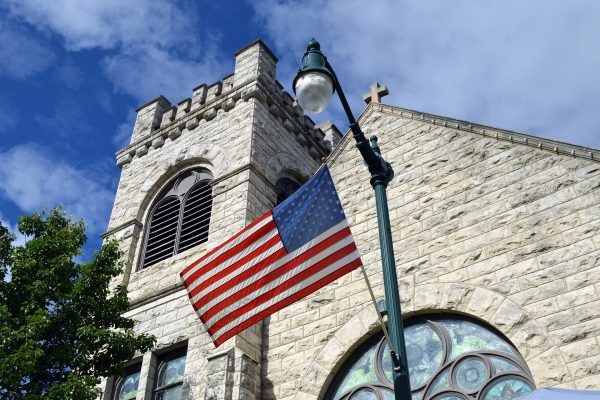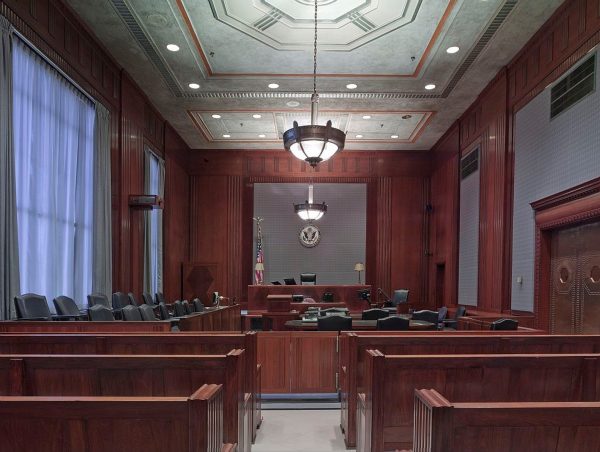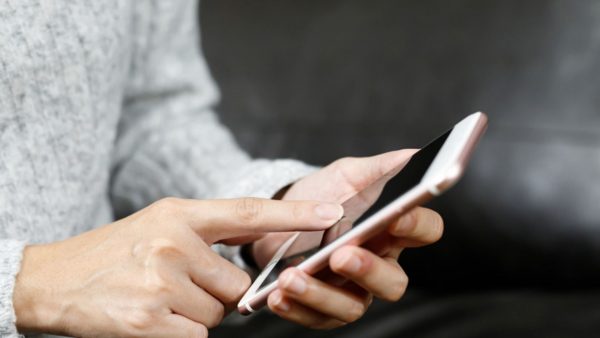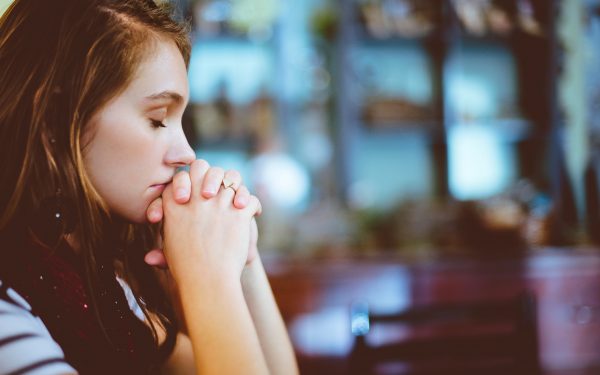
Although explicit racial segregation in housing was outlawed by the Civil Rights Act of 1968, in practice, Americans remain highly segregated by race. This is due both to the continuing impacts of historical policies and present-day policies, such as exclusionary zoning laws.
The latest 2020 U.S. Census results give social scientists an opportunity to evaluate the state of segregation using high-quality data. Benjamin Elbers recently used Census data to evaluate how segregation has changed (or not) in the U.S. over the last 30 years. He examined data from 228 metropolitan areas.
Elbers finds that overall, segregation declined substantially in each decade.
However, these overall numbers are not the whole story. For instance, Hispanic and Asian people have become more segregated from white people, on average. Elbers also points out Black people remained highly segregated from white and Asian people in many places.
So, while there has been some progress over the last thirty years, racial segregation and racial inequality remain defining features of American society.








